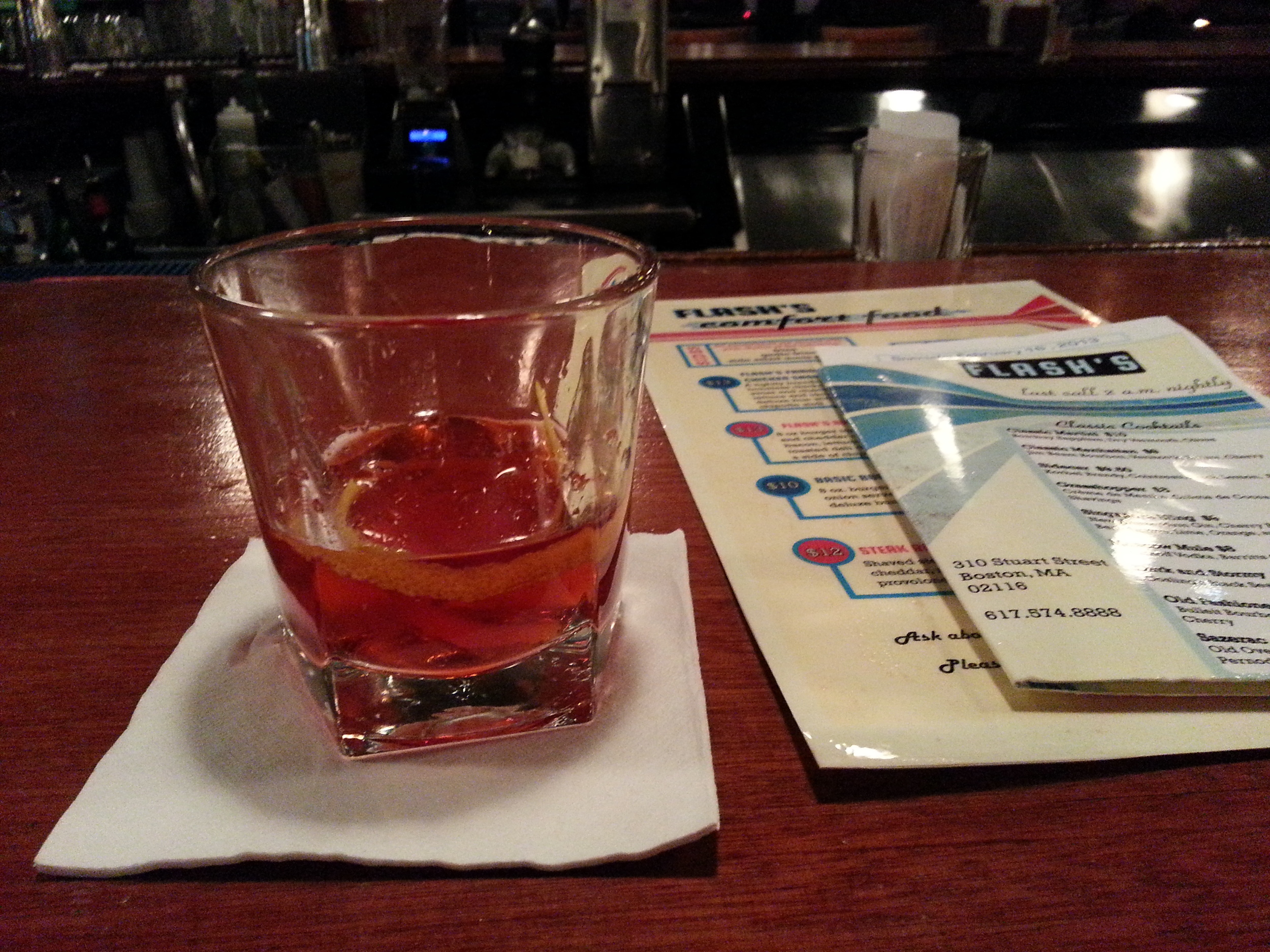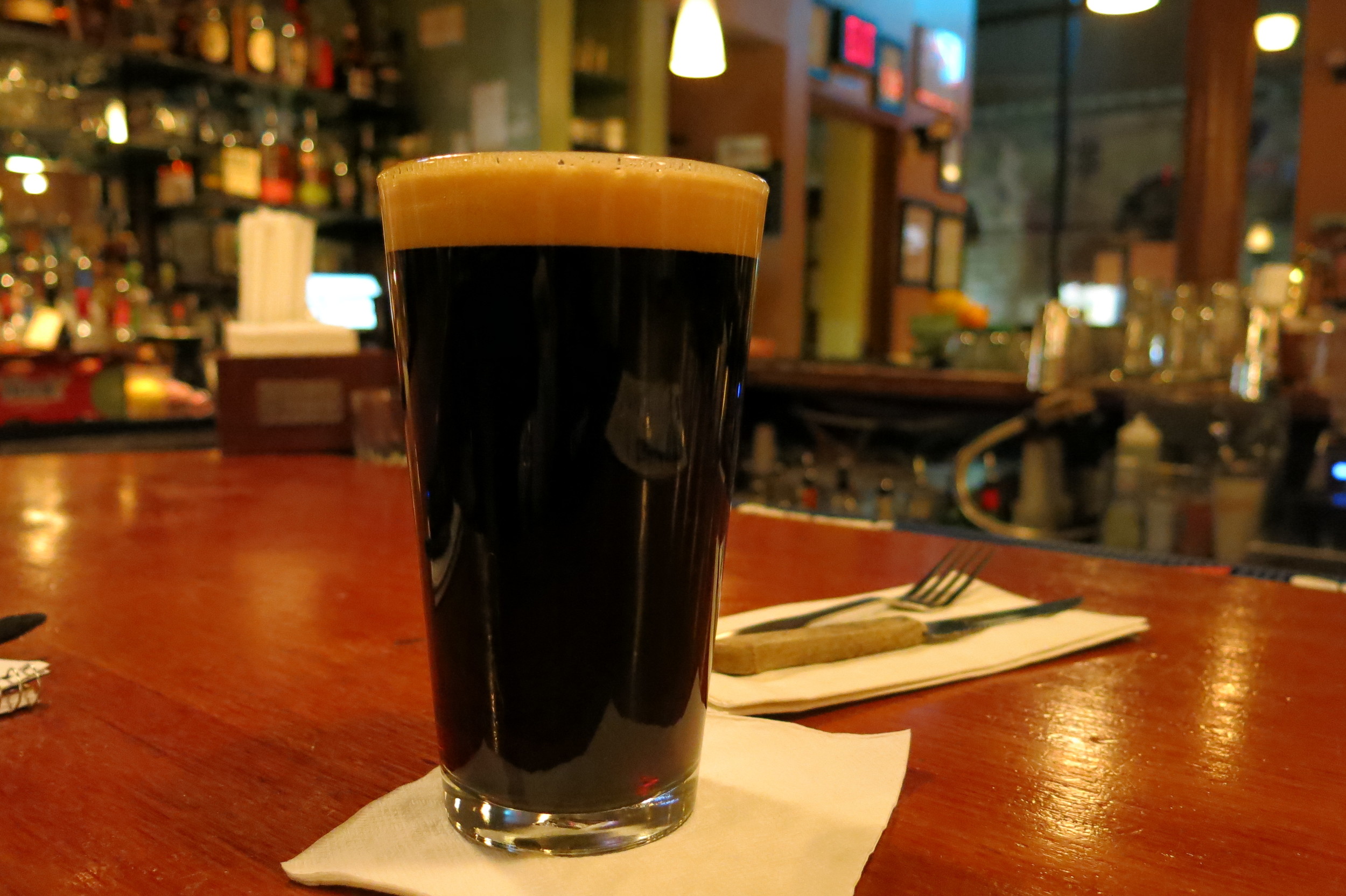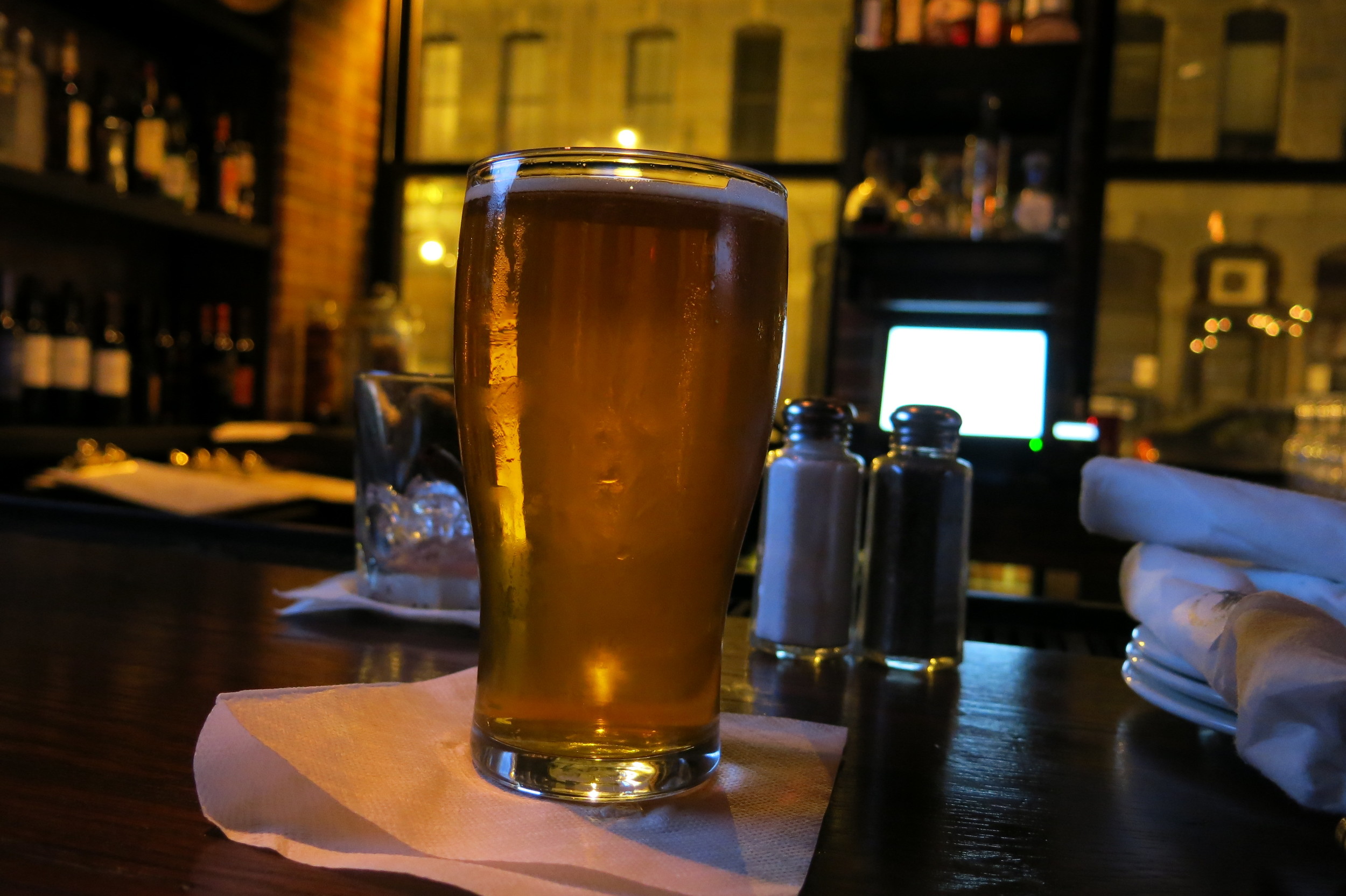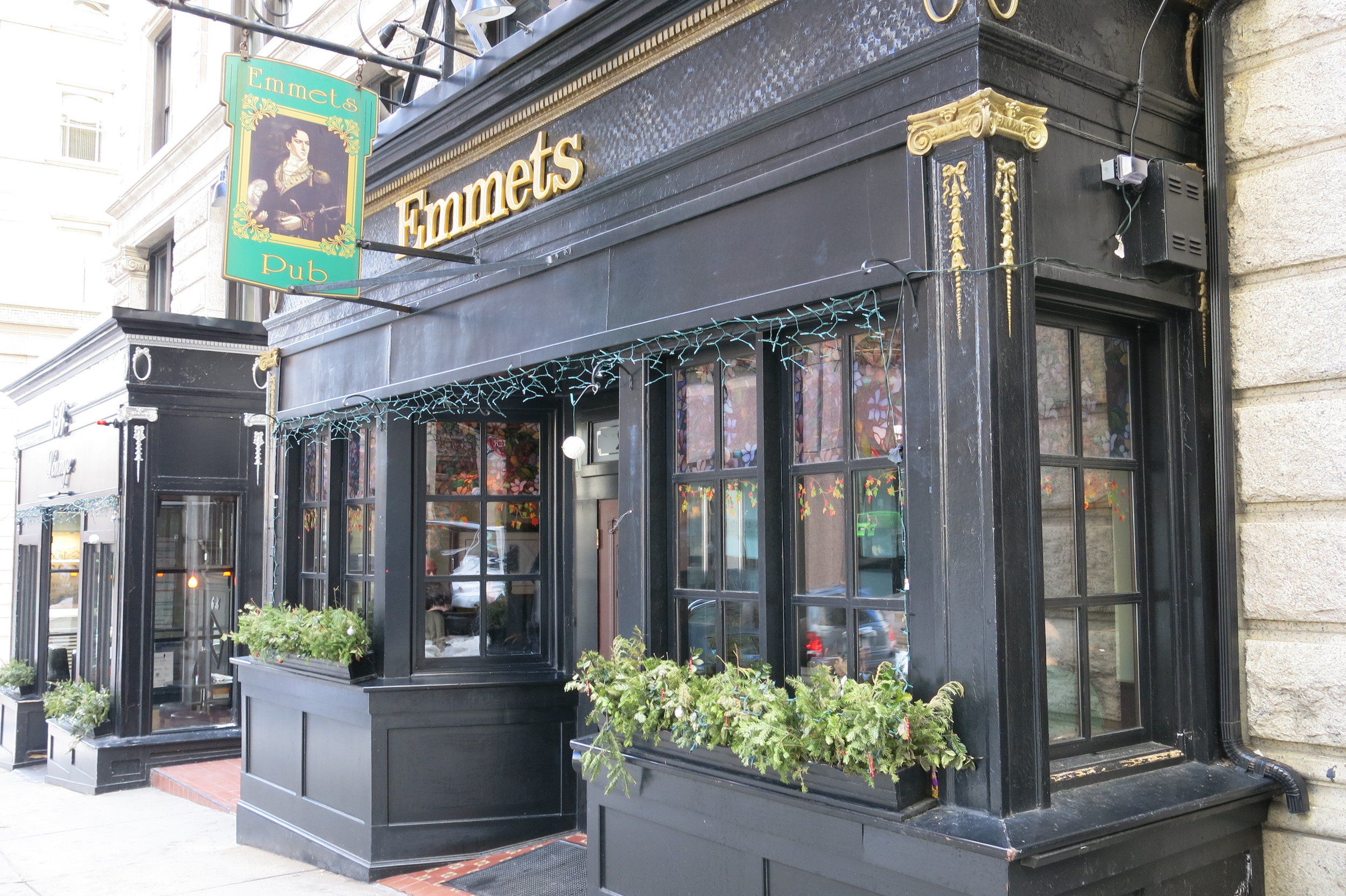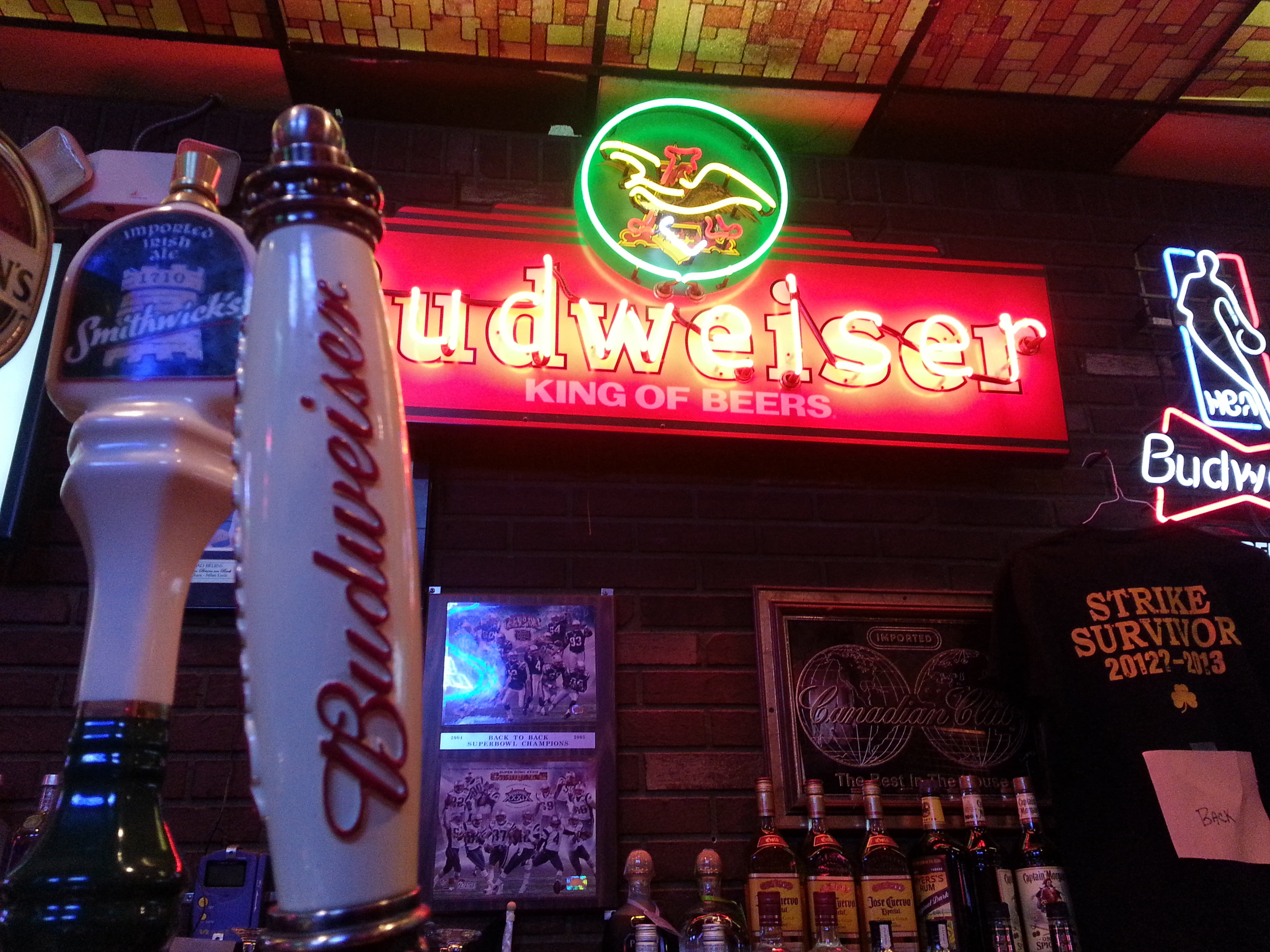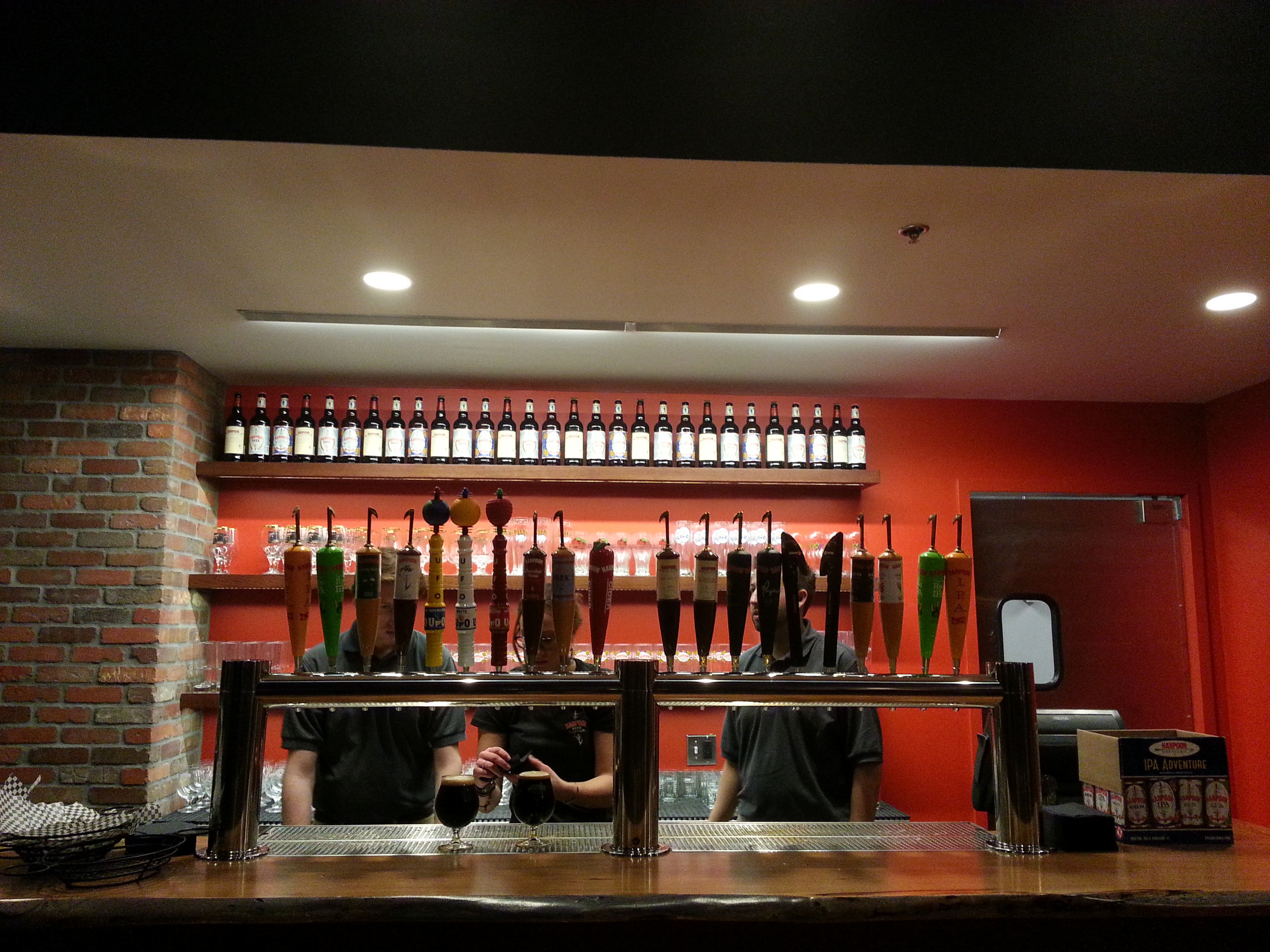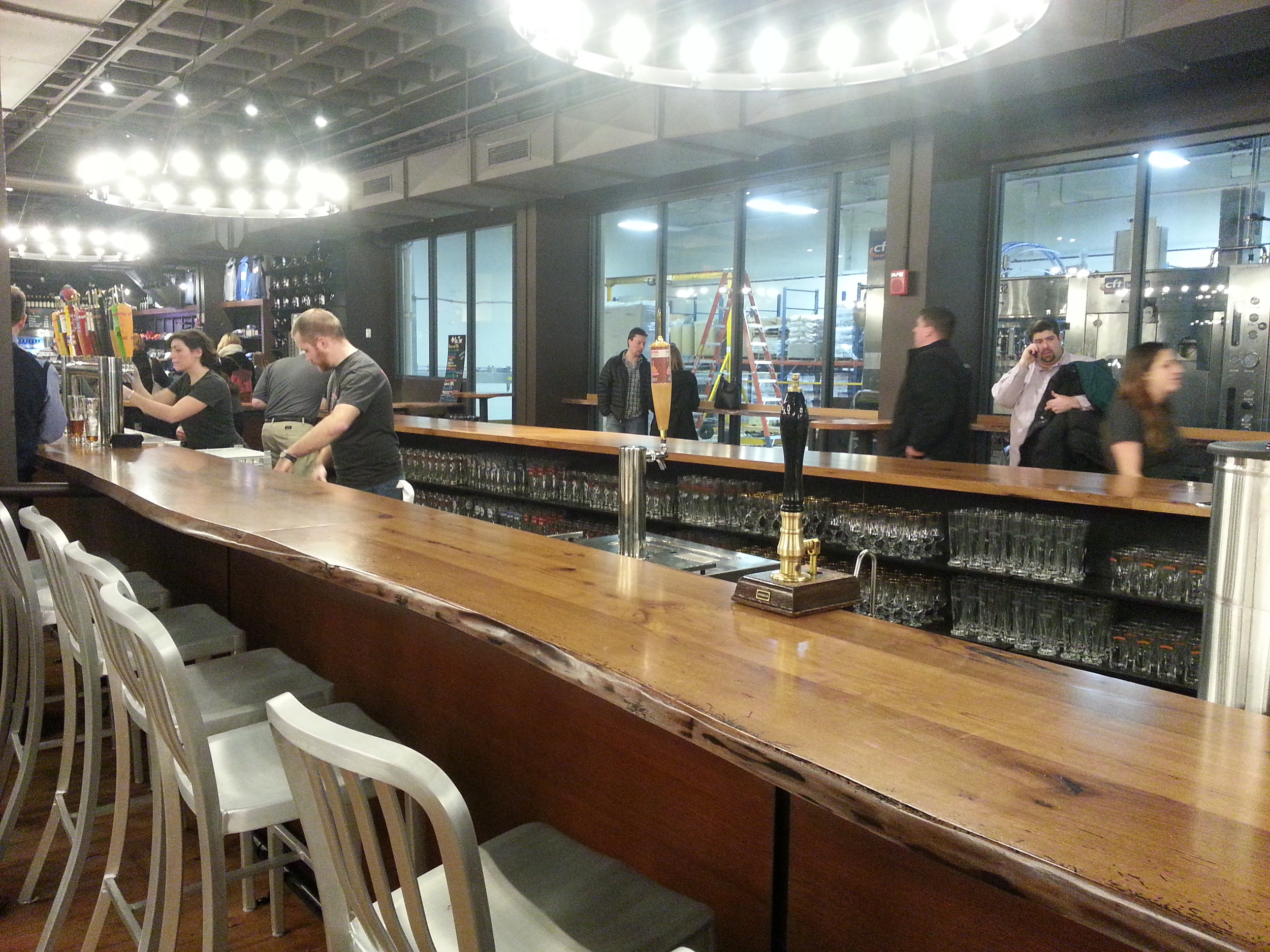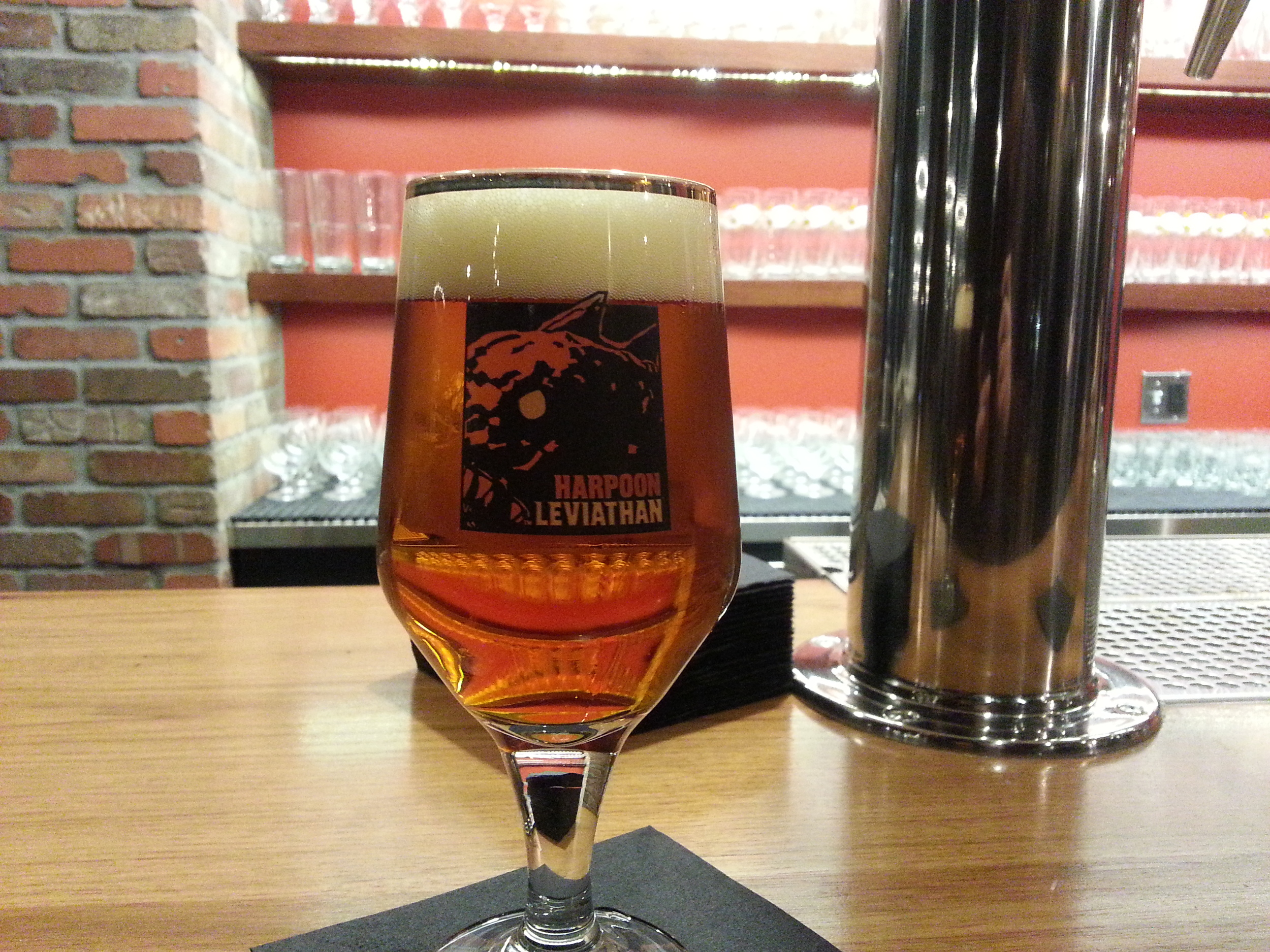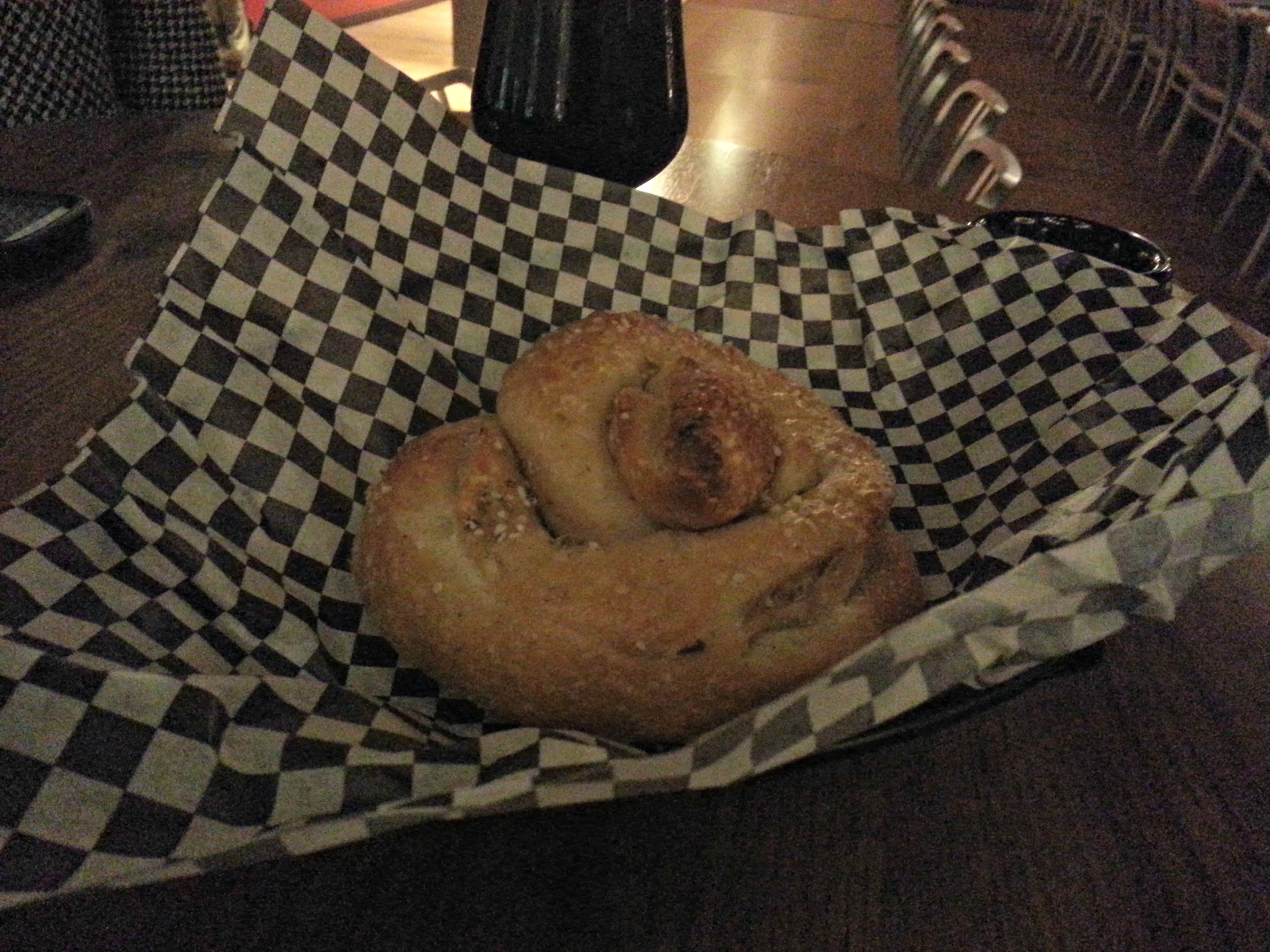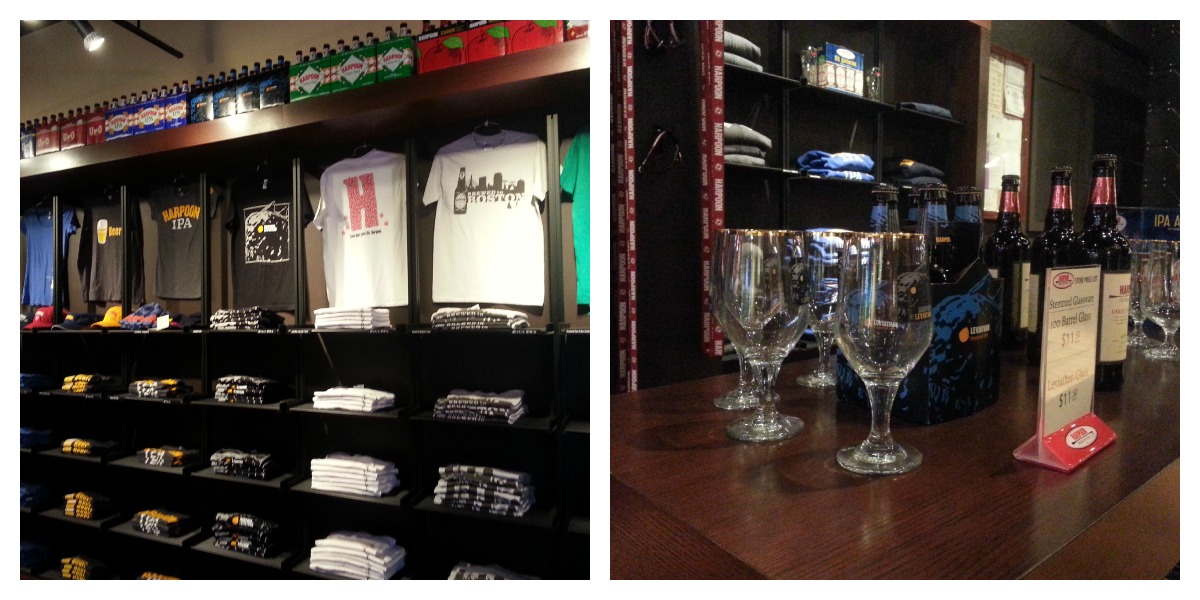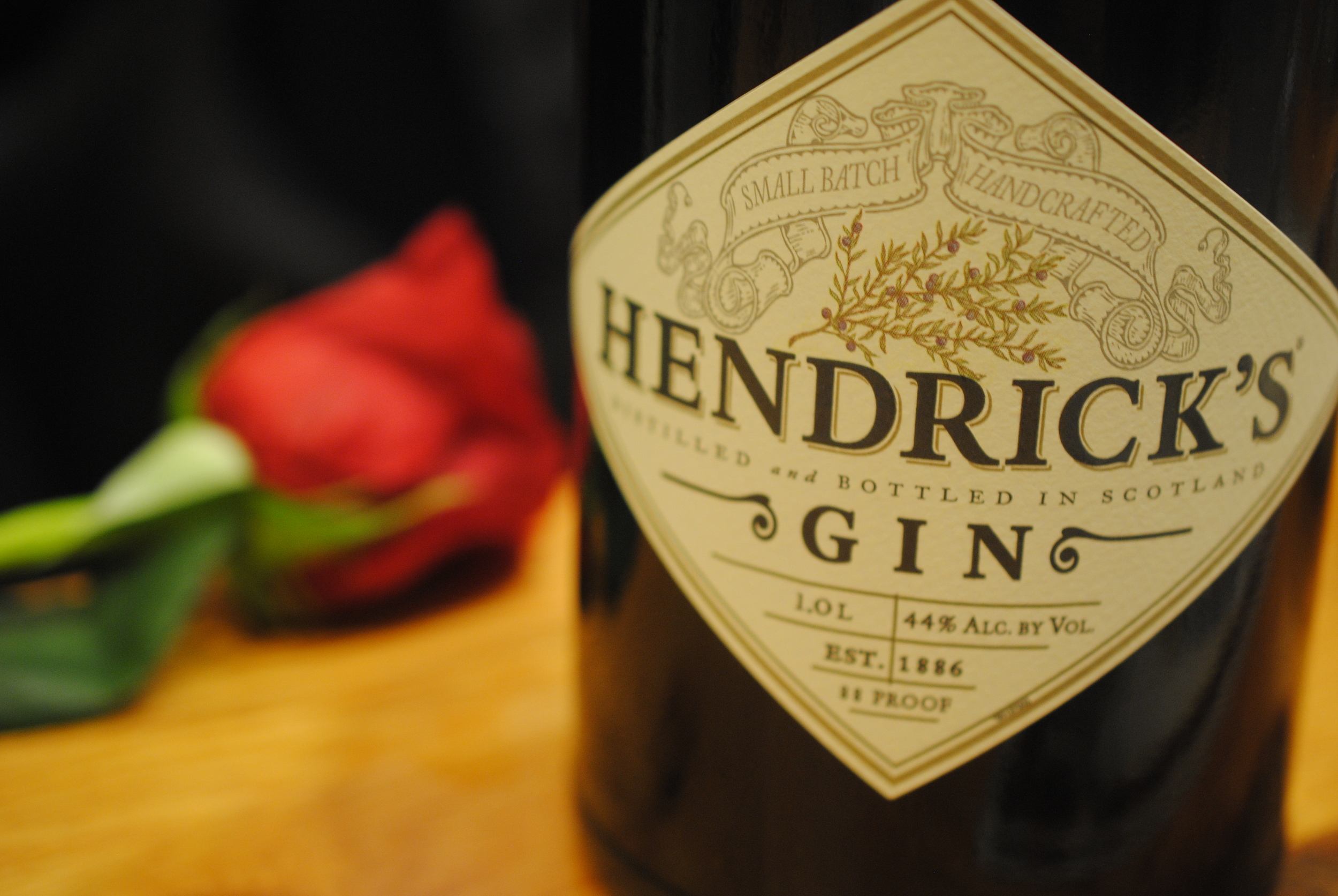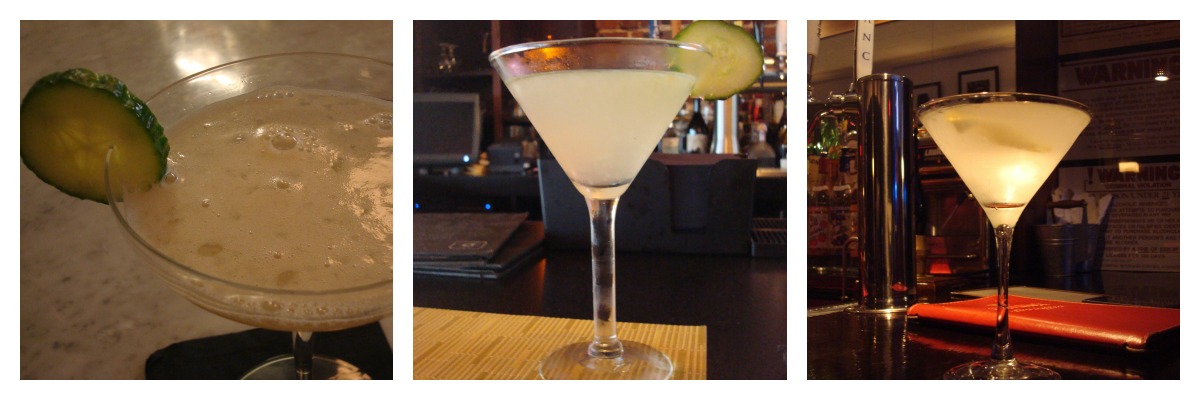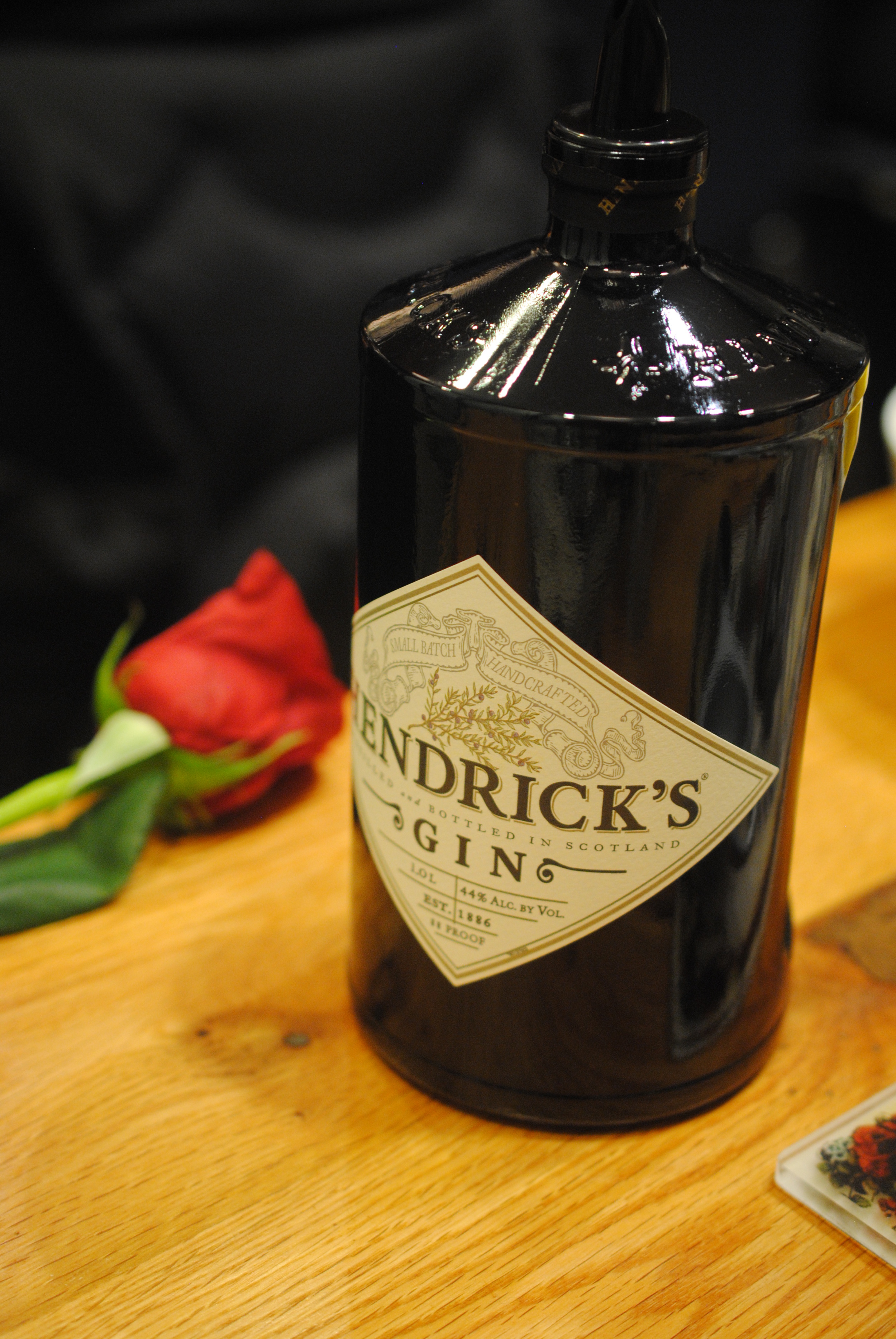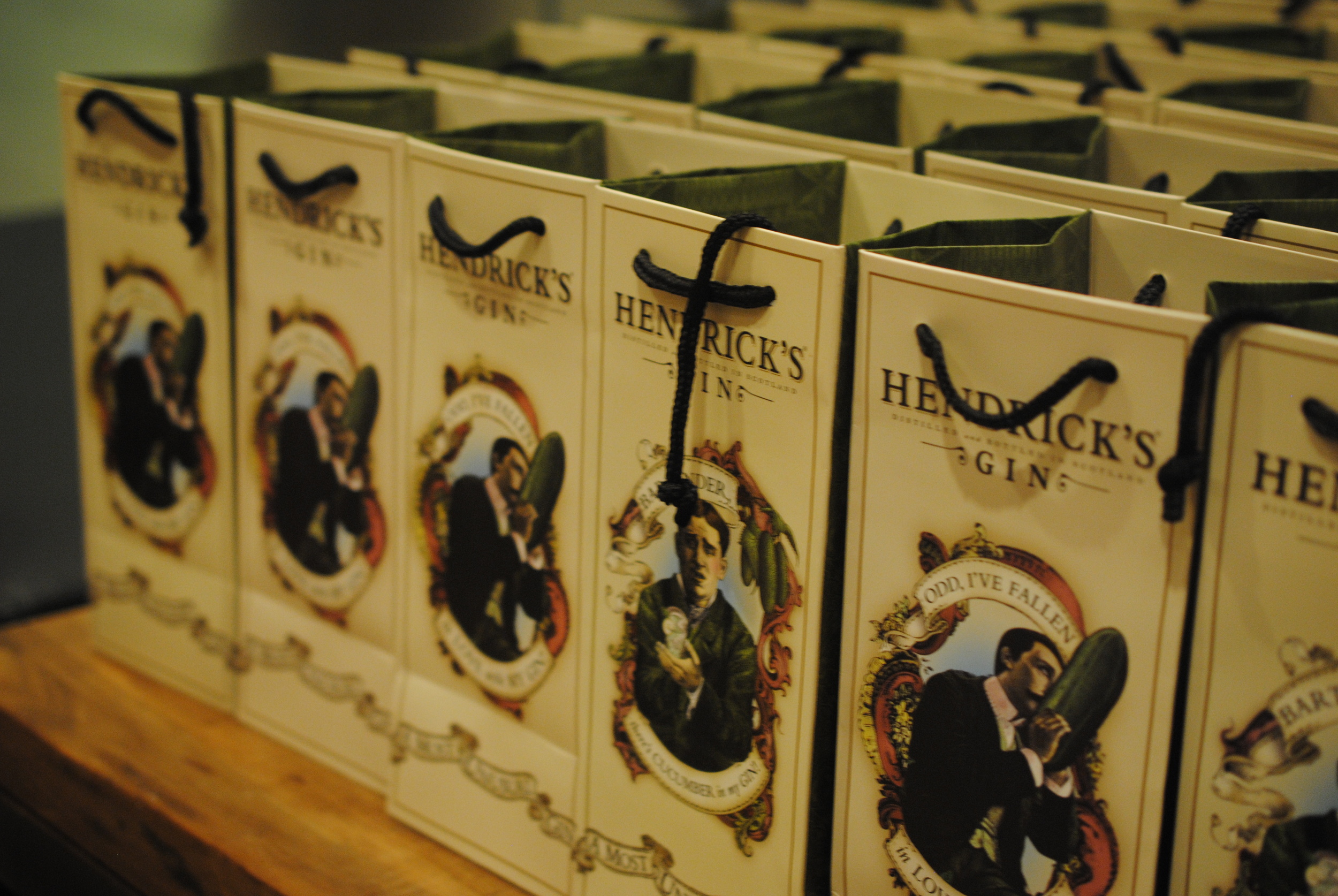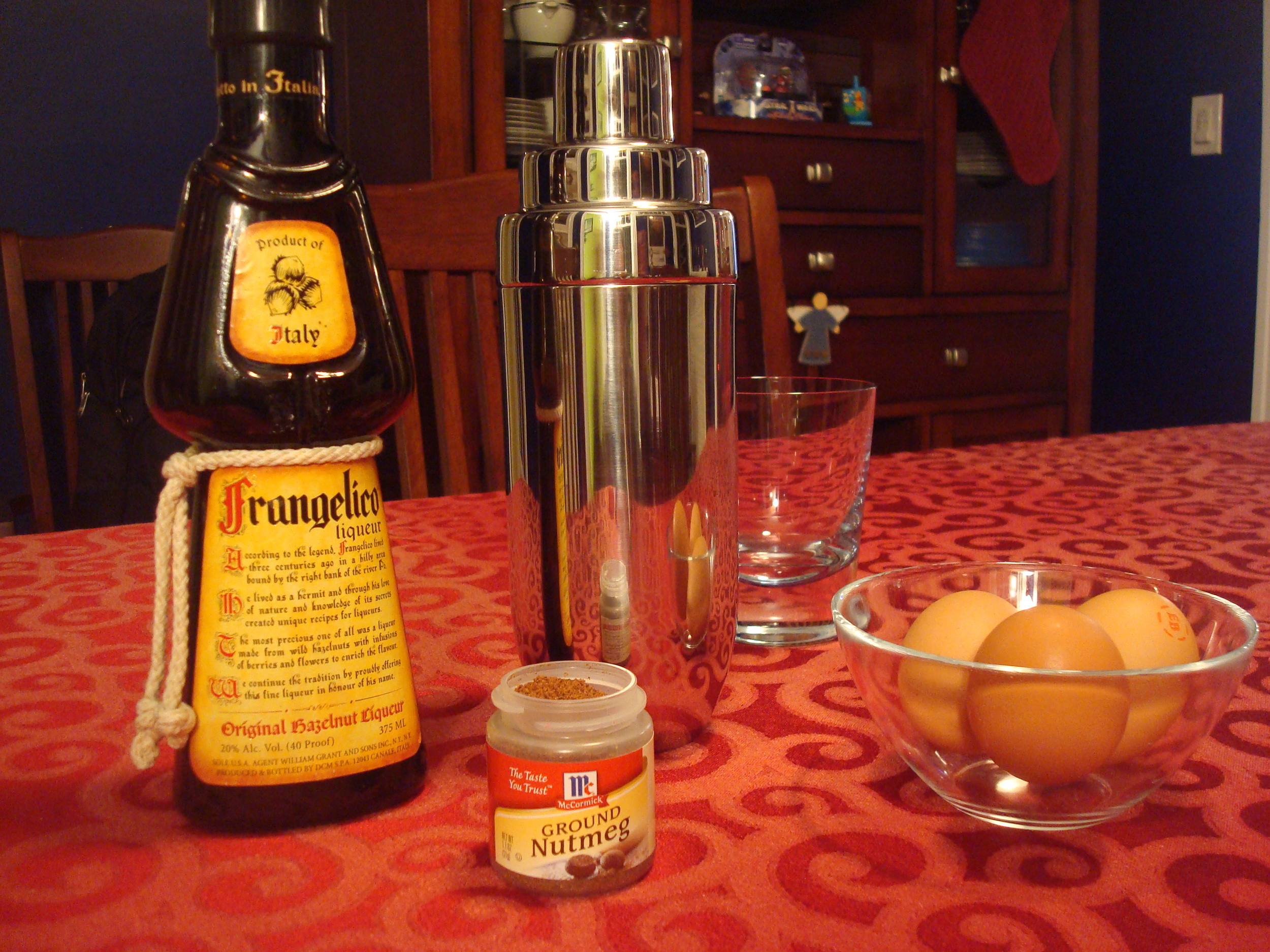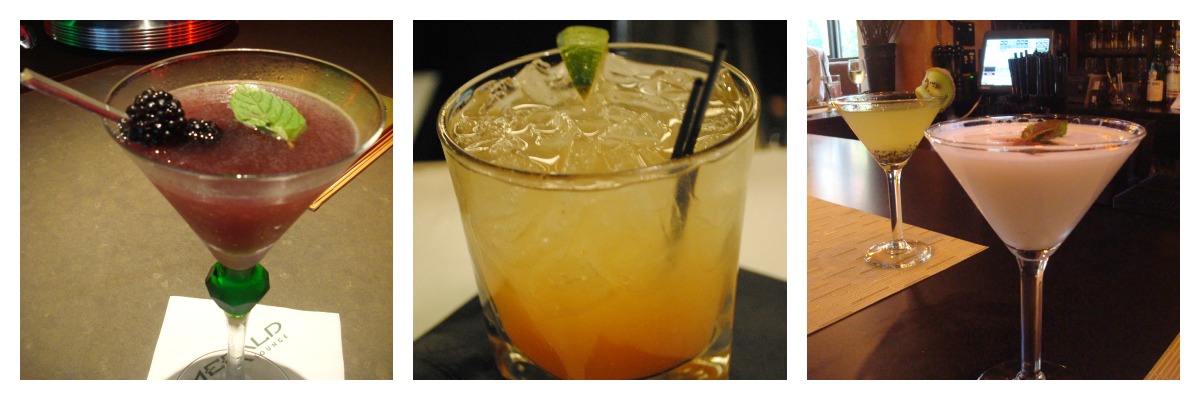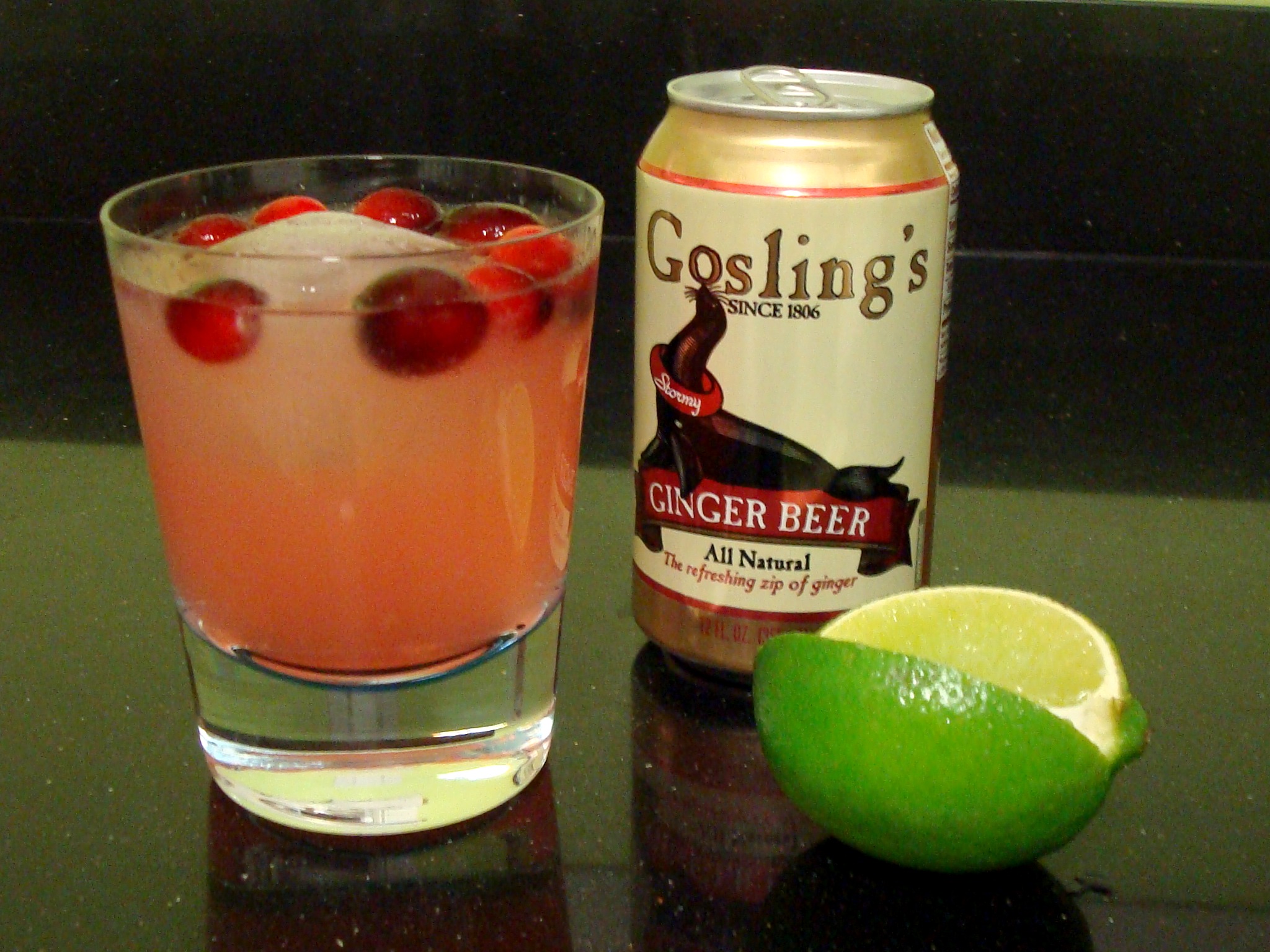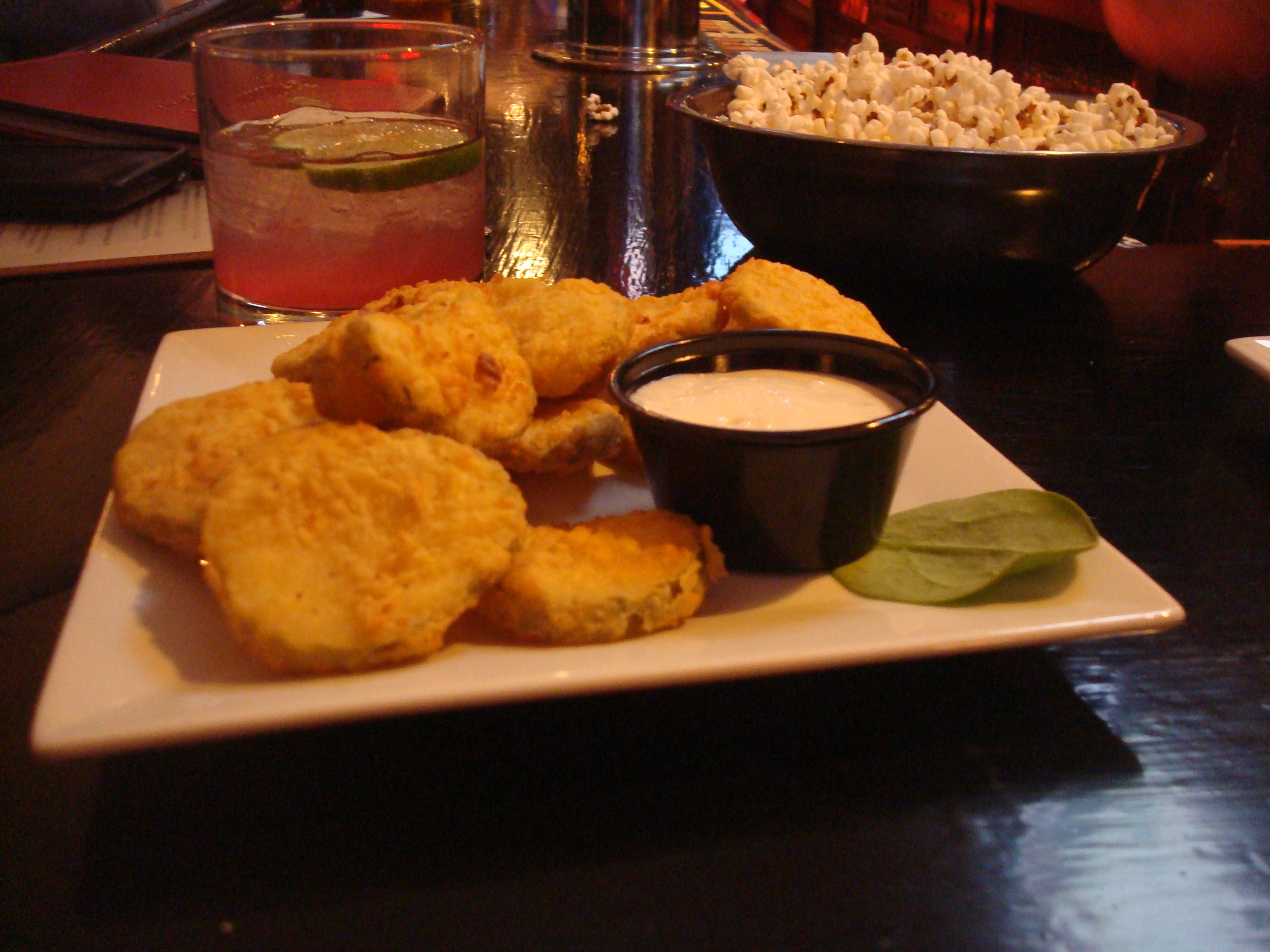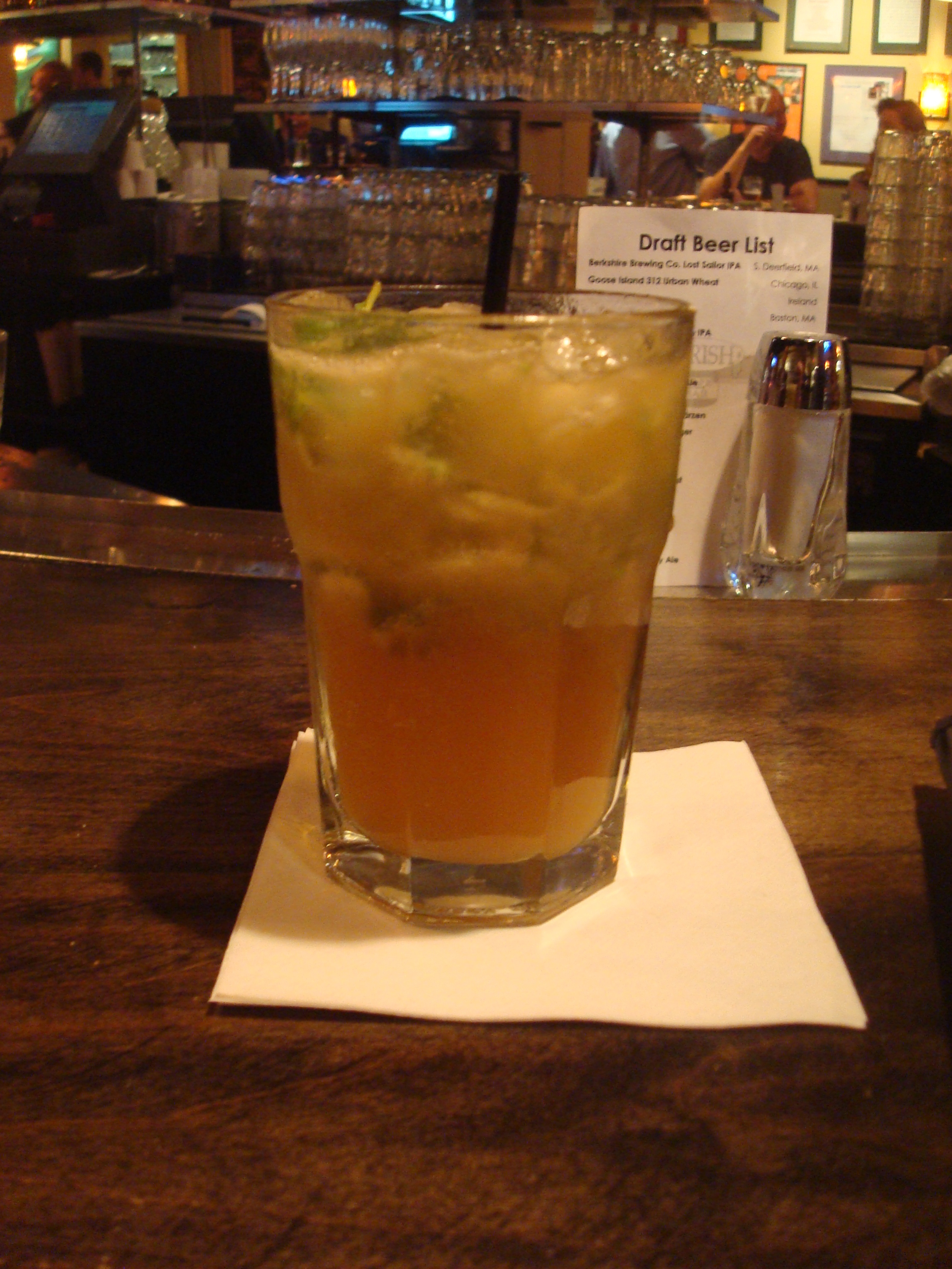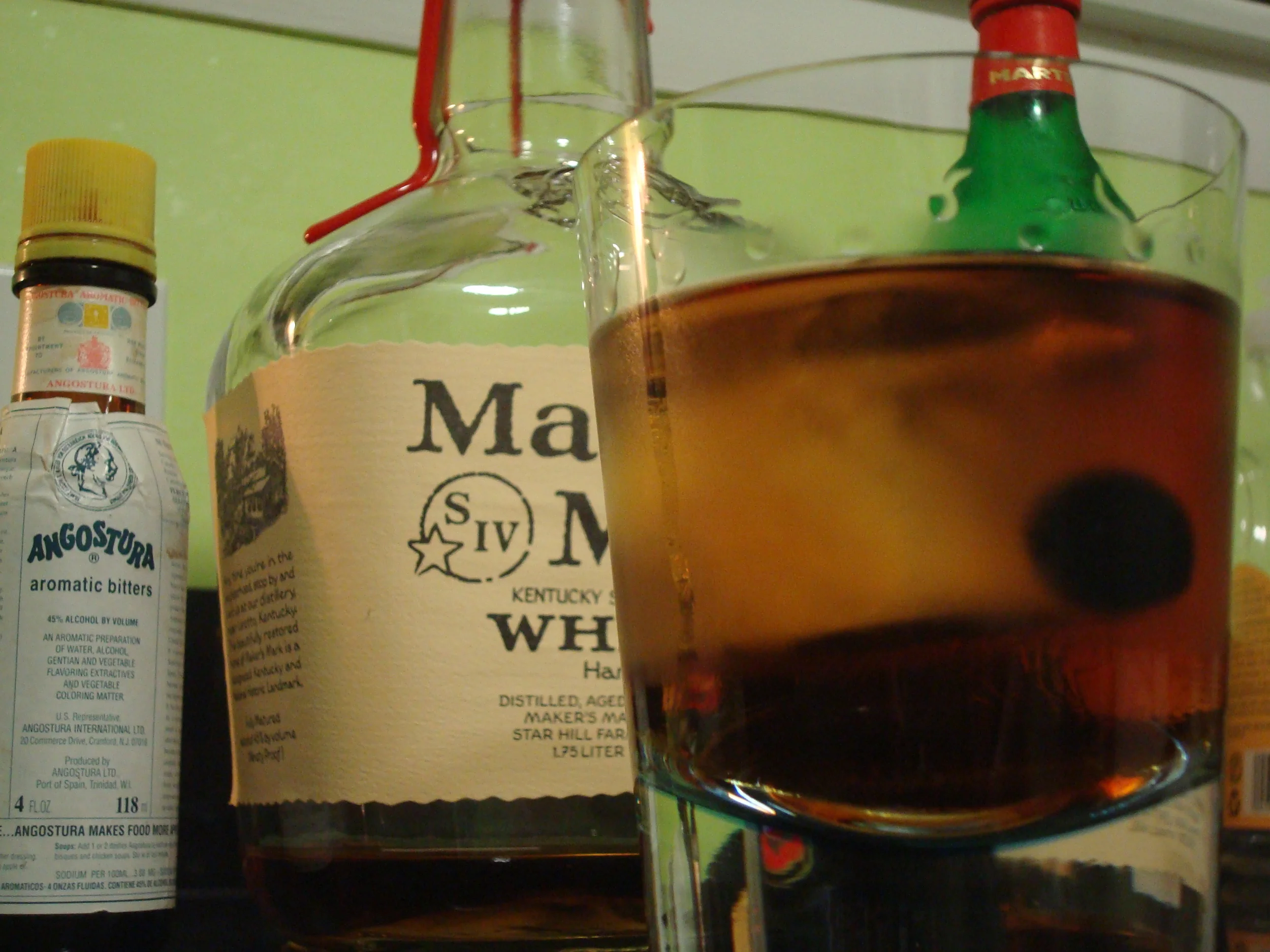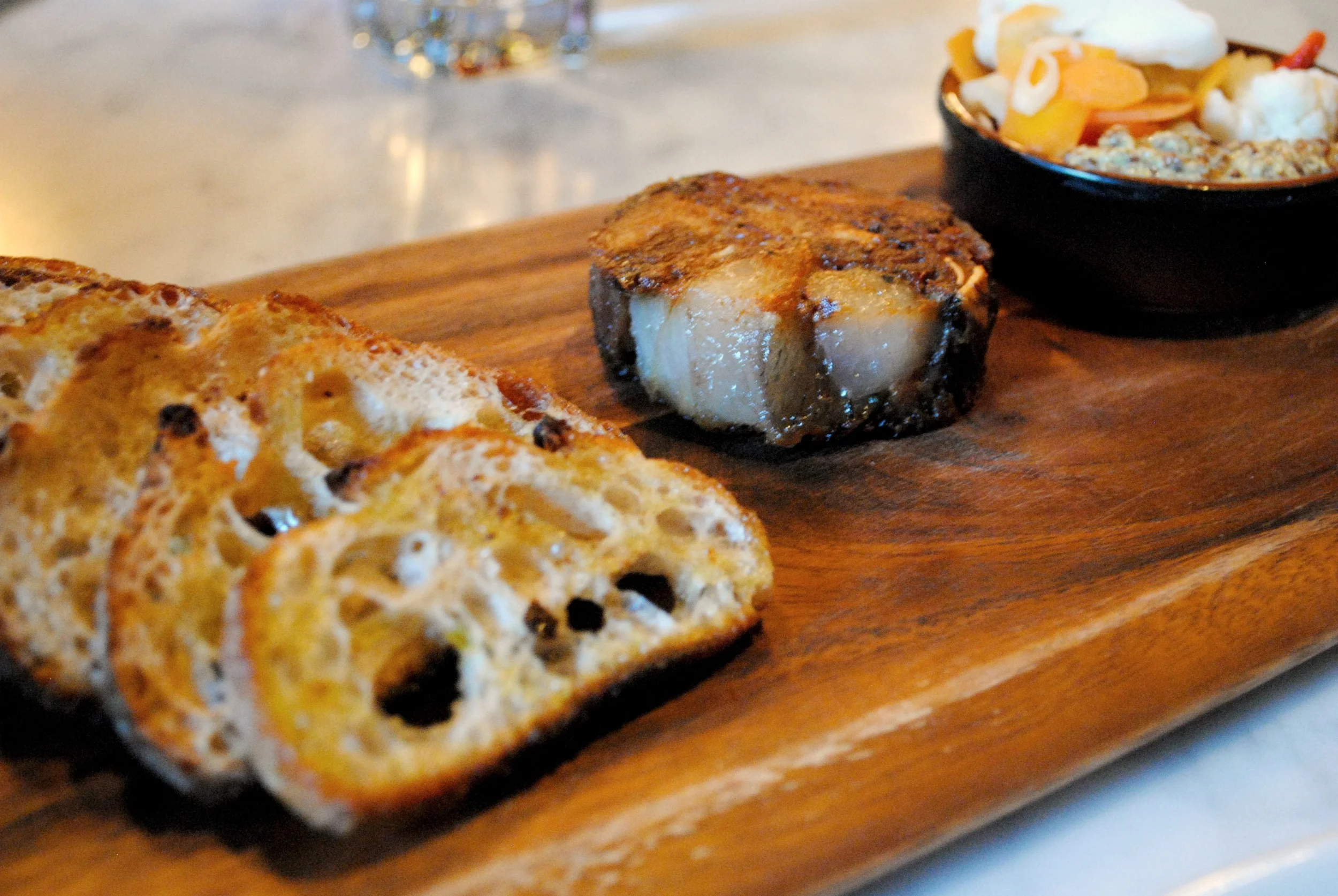UPDATE: I'm sorry to report that Flash's Cocktails closed a few weeks back. No reason was given. Those of us who loved it will miss it terribly. If you never went, I hope you'll read this post anyway; I think you'll agree that the city lost a true gem.
If you’ll indulge me, I’d like to start this week’s post on a personal note. Today is the 1-year anniversary of Boston BarHopper’s first official post. The ensuing year has been a journey marked by exploration, experimentation, and meeting new people, and I’d like to thank everyone who’s been part of it. Maybe you told me about a bar I should check out, waited patiently while I photographed your food and drink, edited a post or a picture, helped me resolve a technical issue, asked me where you should take your friend from out of town, made me a fantastic cocktail, subjected yourself to an interview, shared one of my posts on Facebook or Twitter, gave me a push when I was lacking in motivation, or simply visited my site and read a few posts. Your contribution may have been great or small, obvious or unheralded; but it was not unnoticed. I’m afraid I lack the skill to adequately convey my heartfelt appreciation. Instead, I’ll just promise you another year’s worth of drinks, discoveries, and shenanigans, and I would be honored if you would join me.
With that in mind, the circumstances surrounding the subject of this week’s post seem rather fortuitous. Because after a year of visiting all manner of fun bars, from humble dives to glitzy trendsetters, there is still no greater pleasure for me than wandering into a bar I know nothing about, having no expectations, and finding myself utterly surprised and completely charmed.
I stopped by Flash’s Cocktails on a whim – in part to find out whether it even existed. I’d never been there and didn’t know anyone who had. When I’d mention it to people, I’d invariably get a quizzical look and the same comment: “Never heard of it.” The only reason I’d ever “heard” of the place is because it would periodically show up when I was looking for something on Google Maps and clicked on “Search nearby.” That’s actually how I ended up there on a recent Tuesday evening after work: I was headed to another bar that wasn’t far from this semi-mythical Flash’s Cocktails, and I figured I’d at least do a walk-by.
Not that I had terribly high hopes for the place. I’d looked it up online, and while there was a respectable drink list, the red and blue colors of the website seemed kind of kitschy – more 1950s diner than modern cocktail bar. But I was in the area and had a little time to kill before my next stop, so I poked my head in to see whether it would make for a good post someday.
I never made it to the other bar.
Upon walking in, I was warmly hailed by the bartender, and I’m pretty sure she called me dude; I should have known right then that I was there for the night. And my surroundings were not at all what I’d expected. My all-too-hasty glance at the website, coupled with the retro font of the neon sign outside, made me think I’d encounter black and white tiled floors, a bar that looked like a lunch counter, and loud colors throughout. Like a Johnny Rockets with a liquor license. Instead I found the interior to be entirely contemporary – fairly basic in its layout and décor, but comfortable and attractive nonetheless.
There’s a horseshoe bar with about 20 seats, along with 10 or so tables in a room that feels small but is in fact fairly spacious. Large windows look out onto the streets of the Back Bay. Lights above the bar and strung along the walls create a cool glow, and funky artwork on the walls gives the place a very modern vibe.
It was about 6 p.m., and things were quiet; only 10 people or so. As I found a seat and gathered myself, I overheard the bartender singing along to a Third Eye Blind song that was playing. A small detail, I know; but when the next song started and was abruptly skipped in favor of another, I realized the evening’s soundtrack was coming from the bartender’s iPhone. It made for a very casual, comfortable atmosphere, almost like having drinks at a friend’s house (a friend who makes really great drinks, that is; and then makes you pay for them).
I quickly began sizing up the cocktail menu, which was both extensive and conveniently organized into categories such as Classic Cocktails, Straight Up, Frozen, On the Rocks, Bubbles, and Smashing. This being no more than a scouting mission, I aimed to keep things simple, and opted for a Sazerac. The bartender seemed delighted to make it, professing a fondness for the New Orleans classic, and proceeded to whip up a strictly traditional version with Old Overholt Rye, Peychaud’s bitters, and sugar in an absinthe-rinsed glass, capped off with a perfect lemon twist.
Impressed as I was with the drink, I still wasn’t planning on staying at Flash’s. Not that I was in a hurry; it was a snowy, rainy night, and I figured there’d be no harm in downing a beer before venturing out into the elements. The draft beer selection was small but impressive, populated solely by well-chosen microbrews – local favorites like Slumbrew, Jack’s Abby, and Portico, along with some excellent choices from California, like Lagunitas Cappuccino Stout and Backlash. The highlight was the hard-to-find Founders Breakfast Stout, which I’d previously sampled at Stoddard’s. That’s what I chose, and again the bartender again endorsed my selection. A robust beer with a coffee flavor that was subtle and not overpowering, it would serve to fortify me against the cold outside.
But as the Sazerac and the beer worked their not-so-subtle charms on me, and the bar’s eclectic playlist shifted among 90s hits, alternative, and classic rock (with liberal song skipping), my other plans gradually began diminishing in importance.
Then a funny thing happened. I’m sure you can relate to the experience of having a really obscure song stuck in your head, something you haven’t heard in years. Well, all day, my internal iPod had Jimi Hendrix’s version of “Mannish Boy,” from the posthumous “Blues” album, playing on repeat. The 1994 album is a hodgepodge of previously unreleased live tracks and studio outtakes, and unless you’re more than a casual Hendrix fan, it’s probably not in your collection. Even if it is, you could be forgiven for overlooking track 6. But there was “Mannish Boy,” on a loop in my mind. And guess what the next song at Flash’s was…
Needless to say, I wasn’t going anywhere else.
I got chatting with the bartender, Laura, who seemed as interested in my notebook-scribbling and picture-taking as I was in the cocktail list, particularly some of the traditional entries. I noticed that their Manhattan was made with Jim Beam, of all things. Now, I appreciate an adherence to classic ingredients, but Jim Beam seemed a little…austere. That led to a conversation about whiskeys and bourbons and what works best in a Manhattan; and whenever I find myself in a discussion like that, it’s fair to say I’m having an engaging evening (though she scoffed at my preference for Maker’s). So I asked Laura to make me one according to her preferred specifications, and I was rewarded with a fantastic Manhattan with Bulleit bourbon and both sweet and dry vermouth. She even wrote down the ingredient measurements in my notebook.
Since I was staying, that meant I was eating. The dinner menu isn’t terribly extensive, mostly a small collection of some sturdy comfort foods – burgers, mac and cheese, and a few other standards. Laura insisted I try Flash’s signature item, the fried chicken sandwich, with chipotle aioli and a side of garlic fries. The sandwich was delicious; crispy on the outside, topped with Swiss and cheddar cheese and bacon, with a nice kick provided by the chipotle aioli. It was a little dry on the inside, but I didn’t care. And the garlic fries stole the show.
Along with that I got the Slumbrew Attic & Eaves, a toasted brown ale, which Laura called her favorite (I think she has a lot of favorites; I can relate). It was a dark, nutty beer that paired well with the spicy sandwich and made for a satisfying conclusion to the evening.
I returned the following Saturday, on yet another raw, rainy night. I was pleased to again find Laura steering the ship and ordered up one of the oldest and most classic cocktails there is – an Old Fashioned. It’s a drink that’s been unnecessarily and unfortunately embellished over the years, but Flash’s version is refreshingly simple. I’d never had one served with crushed ice, which made for a nice variation.
Next up was a Singapore Sling – a mix of gin, cherry brandy, Cointreau, Benedictine, lime, orange, and pineapple juice. For the first time, Laura’s response to my order seemed more diplomatic than enthusiastic. She graciously pronounced the drink “very fruity and delightful,” but I know a polite smile when I see one. Just the same, I was pleased with my choice. The Singapore Sling was like a Mai Tai made with gin instead of rum, so it had an unexpected dryness amid the pineapple and citrus flavors.
Having mowed down most of the “Classic” drink list, I asked Laura to recommend something from one of the other categories. She suggested the Cucumber Smash, which I’d been eyeing anyway. Cucumber vodka, lavender syrup, muddled cucumber, and lime juice made for a crisp, fresh, summery drink that belied the dreary conditions outside.
Inside, the atmosphere was warm and laid-back. I was there early that night, and there weren’t yet many people at the bar. The music was again kicking ass until some dunce insisted on playing songs from the jukebox, which nobody enjoyed.
As my evening started winding down, I figured I could use something light for the road. So I asked for “the champagne of beers,” the absurd and ironic slogan of Miller High Life. “The champagne of beers, eh?” Laura responded, smirking. Yes, that’s what I wanted. “The champagne of beers,” she repeated. I could see the gears turning; which, you know, seemed unnecessary in the context of retrieving a bottled beer. She disappeared and quickly returned with a champagne flute and a large plastic cup filled with ice. “Since you ordered it that way,” she said before pouring the High Life into the flute, with great ceremony, and resting the bottle in the makeshift ice bucket.
You know, over the past year of barhopping, I’ve had some pretty hysterical experiences. This may have topped them all.
Last Call
My visit to Flash’s Cocktails left me grappling with the obvious question – why the hell had I never heard of this place? I mean, if it had just opened, that would be one thing; but it’s apparently been around for more than a decade, so I have to assume it’s fairly popular. Regardless, my ignorance serves as a reminder of how much I still have to learn and discover.
Speaking of learning, if I’d taken maybe 10 seconds to read the website instead of just looking at the colors, I’d have known there was a poignant story behind the throwback theme. The space that houses Flash’s Cocktails was previously a neighborhood diner – run by a Greek guy named Flash – that served breakfast and lunch for 20 years before closing its doors. The new owners kept the name when they renovated the space a couple of years later, maintaining a sense of continuity with what was a long-running and apparently much-loved local business. They also managed to re-create the easygoing vibe that no doubt characterized the diner, giving Flash’s Cocktails the personality of a casual neighborhood bar (even if many of their Back Bay “neighbors” are ritzy hotels).
The prices are pretty typical. My cocktails were all $9 or $10. The beers were $7.25, which is maybe a little above average, but this was also a pretty unique offering of microbrews. My majestically presented High Life was only $4, so you’ve got options if you’re feeling thrifty. The chicken sandwich was $13, which seems to be standard for the area.
From the drinks to music to the friendly service, Flash’s made for an evening of pleasant surprises. I don’t know how I missed the boat on this place, but I won’t pass up an opportunity to return.
Address: 310 Stuart Street, Boston
Website:http://www.flashscocktails.com/
* * * * * * * * * * * * *
Copyright © Boston BarHopper. All Rights Reserved.





